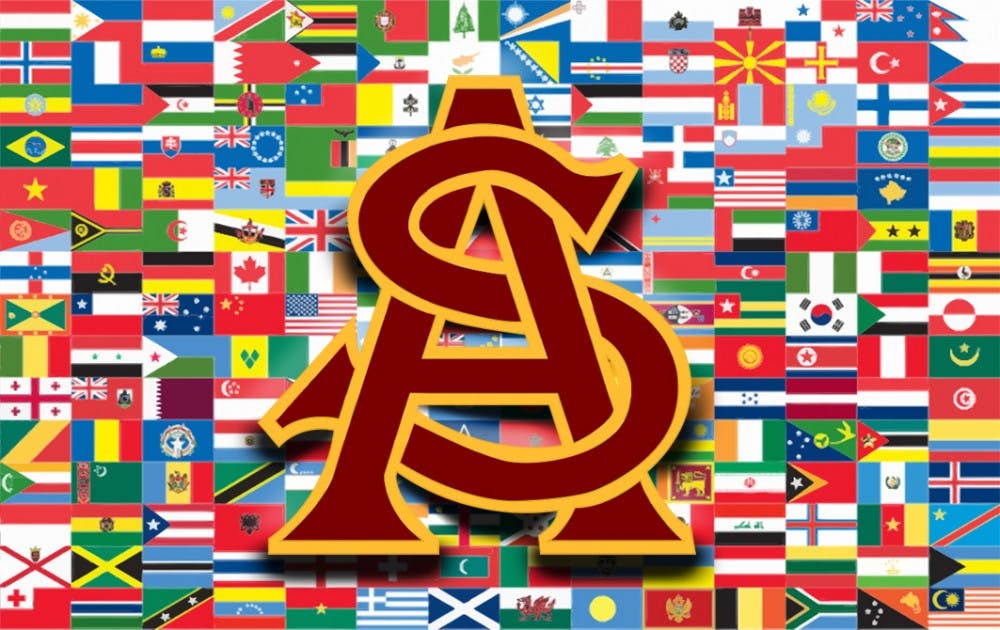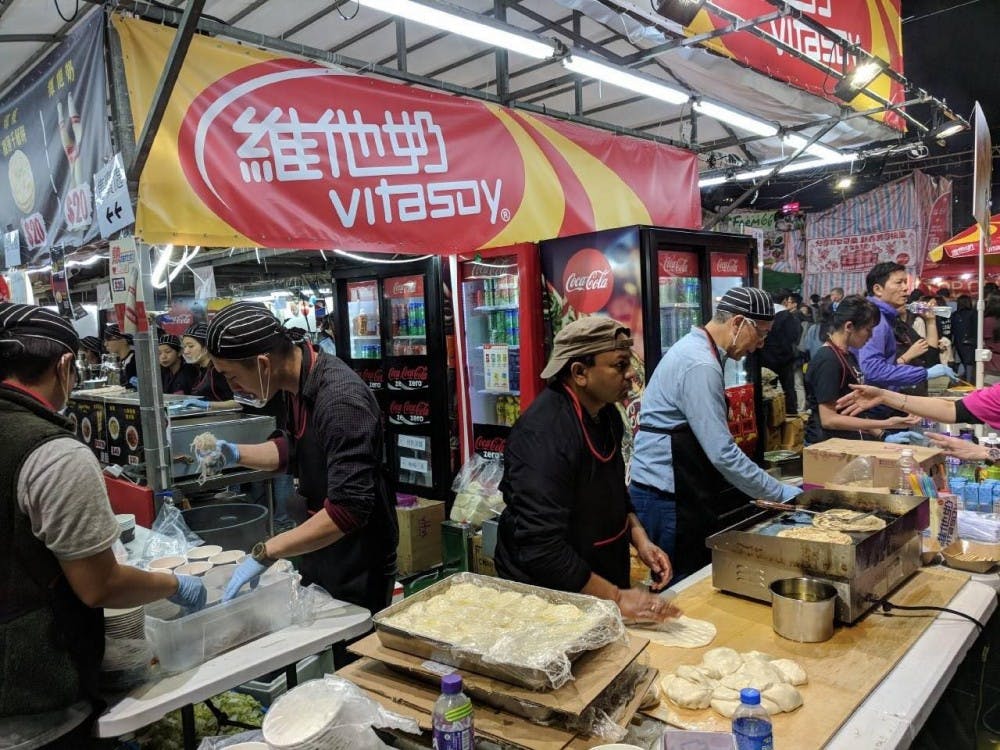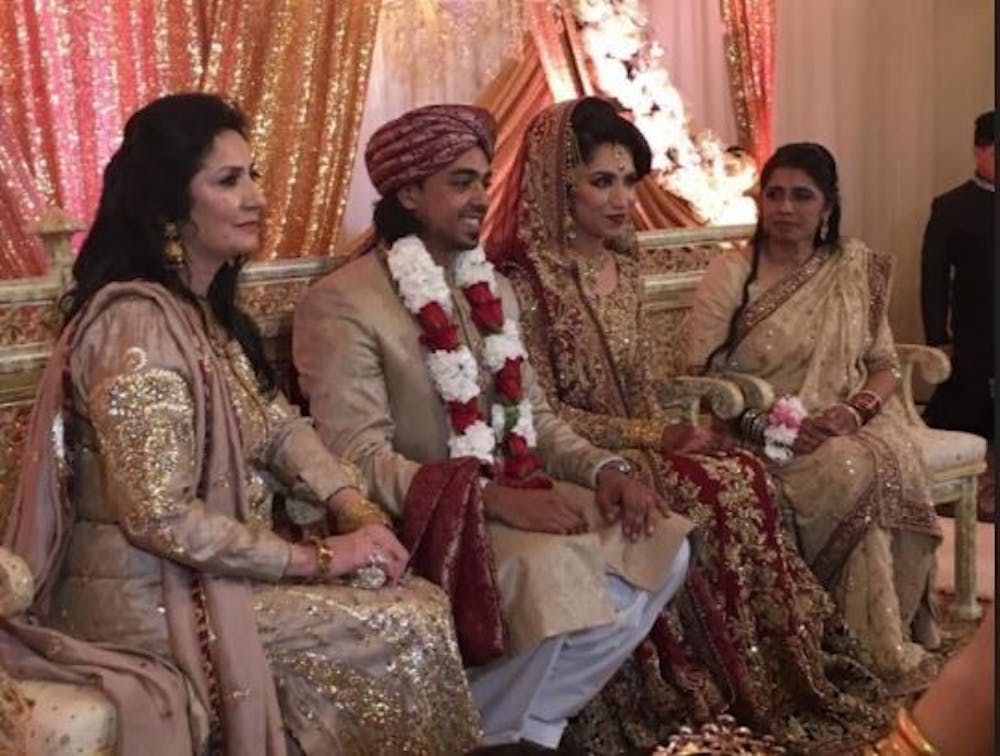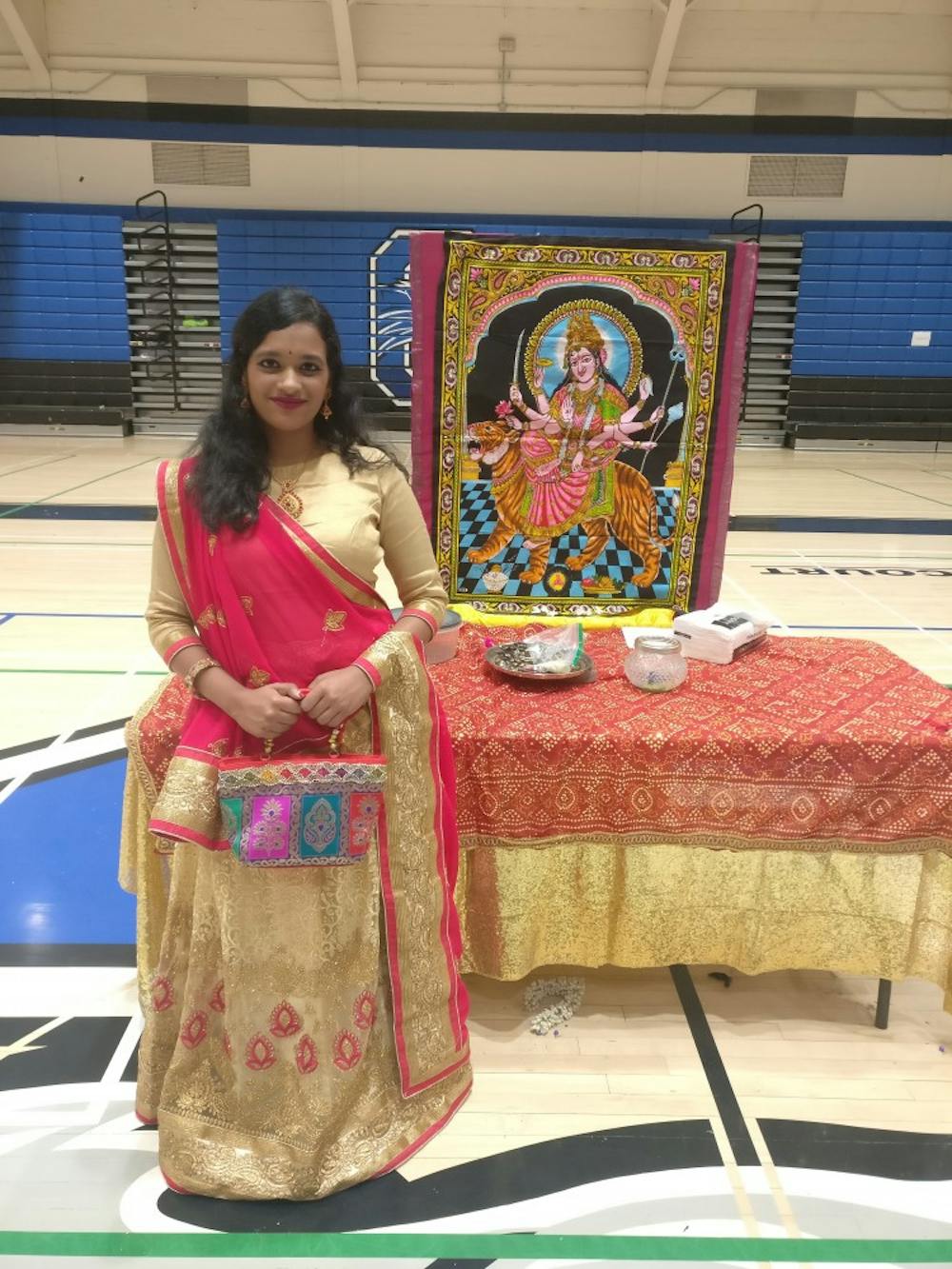I look around at Arizona State University and see a huge number of students from all over the world. There are thousands of international students, and there are first-generation students whose families have immigrated here within the last few decades. I myself am an immigrant. My family moved here from India when I was only a year and a half old, but we still follow our Indian traditions.
For people like us, whose roots are still very much attached to our homelands, trying to follow our customs and traditions in a foreign land sometimes gives rise to peculiar ways of maintaining our connection with our home countries.
Jiahao Zhu: when friends become family
Jiahao Zhu, a sophomore sociology student at ASU from Hong Kong, usually celebrated Chinese New Year and the Middle Fall Festival with his family.
“In the U.S., our families can't actually come all the way here,” Zhu said. “So we form groups with other Chinese students and eat dinner together.”
Zhu said that he usually celebrates Chinese New Year with his roommates, who are also Chinese. They make dumplings together for dinner.
There's also a popular New Year show in China called “CCTV New Year's Gala.”
Zhu said that almost everyone in China watches the show with their families after dinner.
Due to the 15-hour time difference between Arizona and Hong Kong, Zhu actually has to watch the show the day before Chinese New Year here.
The Mid-Autumn Festival is another significant festival for the many Chinese people. The festival occurs during a full moon in — as you can guess from the name — the middle of autumn.
“In Chinese, (the shape of the) circle means families come together around a table and eat dinner together,” Zhu said.
That's why, during the full moon night of the festival, Zhu is used to celebrating with his family.
While at ASU, however, Zhu celebrates the festival with his roommates. He and his friends celebrate by eating moon cakes, the special food that is symbolic of the festival, which he and his friends buy from an Asian market.
Sanna Naveed: Family and religion come first
Sanna Naveed, a sophomore biological sciences student whose family is from Pakistan, said she celebrates Eid by going to the Phoenix Convention Center to pray with her family, where they are joined by about 800 other Muslims from the Valley.
“We then gather with family friends and celebrate,” Naveed said. “We wear fancy clothes and make traditional foods and desserts. Celebrating with people who share the same ethnic background definitely makes traditions feel more like they are practiced in Pakistan.”
Naveed said that religion is a huge part of Pakistani culture, and her family mostly lives by Islamic teachings. She said the biggest thing her family values is the bond they all share, and she and her siblings always make sure to obey whatever their parents say. They also pray five times a day, go to the mosque and give to charity during Ramadan.
Ramadan is important in Naveed’s culture. During Ramadan, she devotes the majority of her time to praying all day and avoids unnecessary contact with others in order to focus on prayer.
“Even though we’re living in America, some of our ways of practicing our religion have become a little liberal,” Naveed said. “We still mostly practice it in the way it is in Pakistan."
India’s neighboring state, Pakistan, was once a part of the same country before the British finally left us all alone for the first time in 200 years. They’re very much like Indians, so of course their weddings are huge, days-long celebrations.
“Weddings are also a big part of Pakistani tradition and are huge multi-day celebrations,” Naveed said. “Over here in America, when my relatives or family friends get married, we go all out with the multi-day celebrations, and expensive traditional clothes and music and gifts. We do all the small, silly and fun customs as well as the more important religious rituals.”
Even though her family is miles and miles away from Pakistan, Naveed still makes sure to hold on to her roots and have fun.
“I love the fact that we are able to partake in both Pakistani and American traditions,” she says, “and be part of both cultures.”
May Phan: Assimilation with the blessings of her ancestors
Not every family that immigrates to the U.S. fiercely holds onto their cultural roots. Some actually try to assimilate into American society and, in the process, stop following most of their customs and traditions.
May Phan is a sophomore journalism student at ASU. Her family immigrated to the U.S. from Vietnam, and she was born and raised here.
"We lost a lot of traditions transitioning into American culture," Phan said. "We are still very in touch with the 'Viet' community though."
She told me that although she doesn't follow many of her Vietnamese traditions, she still celebrates the Lunar New Year, called Tet, which typically happens in mid-February.
"I feel like it's good luck," Phan said about praying to her ancestors.
She said both her family and extended family in Vietnam have always celebrated.
"I feel like it's only right to pay my respects to my culture and pay my respects to the people that have made my family what it is now," Phan said. "Plus, it's tradition. There's something comforting about following traditions, and it helps me stay in touch with my parents' motherland."
My Experience: Bringing pieces of home with me
Many Hindu Indians, for example, have long since practiced traditions of going to temples on important occasions, though not quite as often in the U.S. While in India you'd find a temple on nearly every street, here you'd be lucky to find one in a U.S. city.
That leads to Indians taking up projects to build temples here. The Sri Venkata Krishna Kshetra Temple, usually referred to as the SVK temple in the Hindu community, used to be a church in Tempe, quite close to the ASU campus. It's been renovated and is now used as a temple for Hindu devotees.
For Diwali, a nationally celebrated festival, Indians always burst firecrackers and light up the skies with fireworks. In the U.S., Indians have to check to see if their state allows them to. I remember when I was a child living in Texas, we weren’t allowed to light fireworks to celebrate Diwali. Thankfully, in Arizona it’s OK, and our neighbors don’t mind. My family and friends have to stock up on firecrackers during the Fourth of July sales and store it in the garage until September or October for the festival. It’s all worth it when it makes us feel a little more at home.
Indians even find a way to celebrate Navrathri, a nine-day festival, here in the U.S. Many people import dolls all the way from India, either by ordering them online or bringing back dolls on trips to India.
The festival is celebrated in different ways all over India, but in the state I’m from, it’s celebrated as “Golu.” A golu is a set of steps decorated with dolls of the gods and other things made of clay or paper mache - Google it and you'll find beautiful photos. For nine days and nights, guests come over to our house and we go on rounds to other people’s house to look at their golus -- and we do the same thing here in the U.S.
ASU students keep in touch with India by celebrating Holi each year, having a Garba dance for Navrathri in the Sun Devil Fitness Center, and even having a competitive Bollywood fusion dance team, Andaaz. It's not just about being able to celebrate our festivals here, but also about introducing our non-Indian friends to all the fun.
Editor's note: May Phan formerly was a reporter for The State Press.
Correction: An earlier version of this story published the incorrect date of when Jiahao Zhu's photo was taken. It has been updated with the correct date.
Reach the reporter at ranjanivk@gmail.com or follow @RanjPhoenix on Twitter.
Like The State Press on Facebook and follow @statepress on Twitter.








